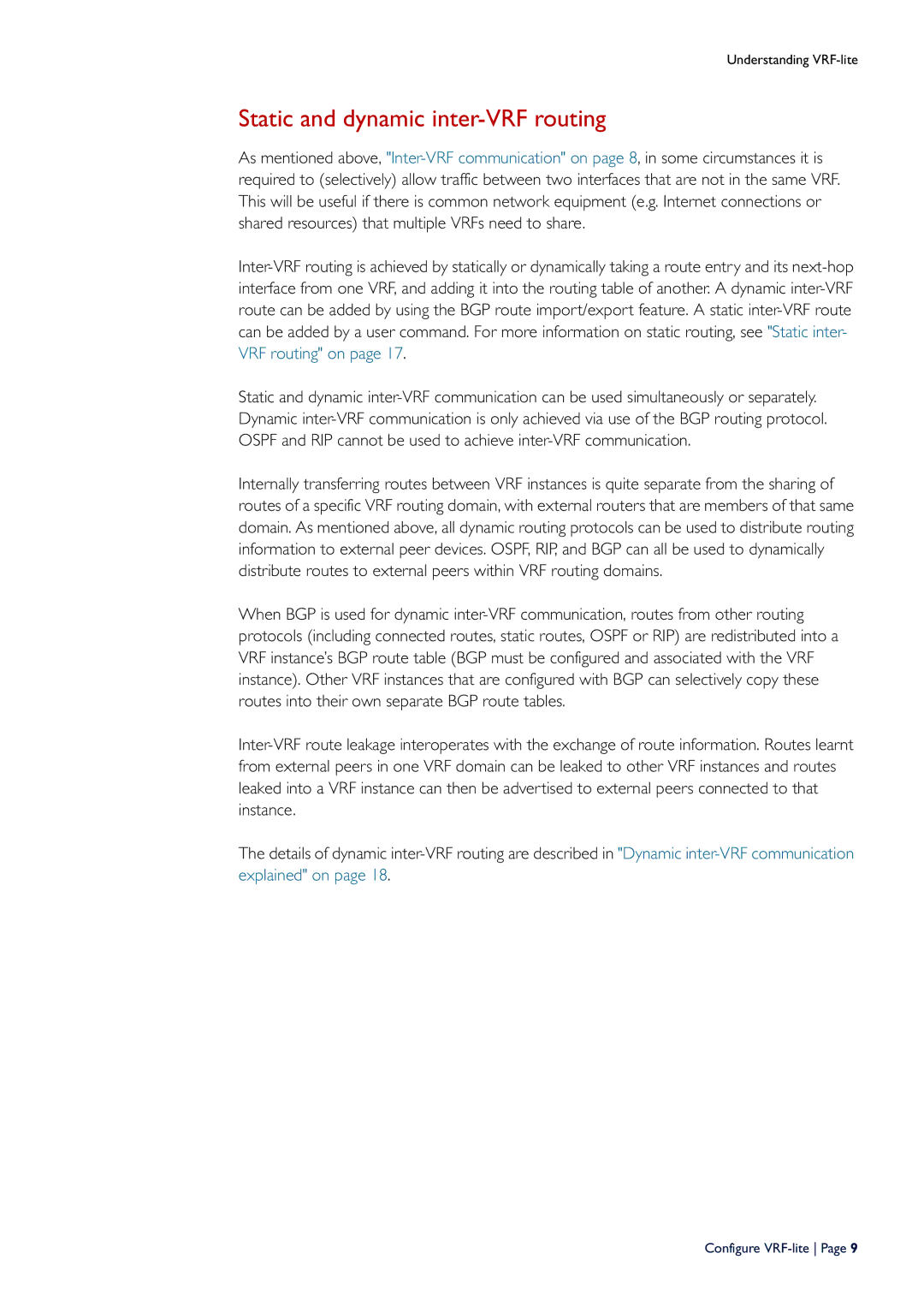C613-16164-00 REV E specifications
The Allied Telesis C613-16164-00 REV E is a robust networking device designed to enhance connectivity and communication within enterprise environments. Renowned for its reliability and efficiency, this device serves as an ideal choice for organizations seeking to improve their network infrastructure.At its core, the C613-16164-00 REV E is a part of Allied Telesis' suite of products that adhere to high-performance standards. One of the main features is its support for both Layer 2 and Layer 3 networking, making it versatile enough to handle a variety of network configurations. This capability allows for seamless integration into different network architectures, whether for simple local area networks (LANs) or more advanced setups with routing capabilities.
Another significant characteristic of the C613-16164-00 REV E is its high-speed data transfer capabilities. With support for Gigabit Ethernet, the device ensures that data can be transmitted quickly and efficiently across the network. This is particularly important for businesses that rely on heavy data usage and need to maintain performance standards even during peak hours.
Additionally, the C613-16164-00 REV E features advanced security measures, including VLAN support and port security configurations, which help protect sensitive information and prevent unauthorized access. This is essential for businesses that handle confidential data and must comply with industry regulations.
In terms of manageability, the device supports SNMP (Simple Network Management Protocol), allowing for easy monitoring and management of network resources. Network administrators can efficiently manage the device and optimize performance with minimal effort, improving overall productivity.
The design of the C613-16164-00 REV E is also noteworthy; it is built for durability, often featuring a compact form factor that makes installation straightforward without compromising on performance. Its compatibility with various Allied Telesis products ensures that organizations can build a cohesive network ecosystem.
In conclusion, the Allied Telesis C613-16164-00 REV E stands out as an excellent networking solution characterized by its support for multiple networking layers, high-speed data transfer, and robust security features. Ideal for both small to medium enterprises and larger organizations, it helps ensure that businesses can maintain efficient and secure operations in a constantly evolving digital landscape.
